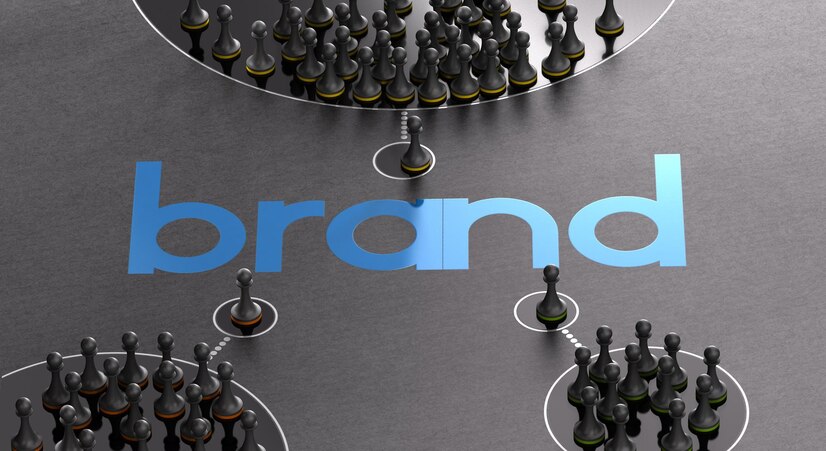Why Companies Are Relying on HR Agencies for Executive Search
Barsha Bhattacharya, 2 days ago

Barsha Bhattacharya, 3 days ago

Barsha Bhattacharya, 3 days ago

Barsha Bhattacharya, 1 week ago


Brand marketing is the concept of promoting a brand’s products and services in a way that highlights the brand as a whole. It is not only about putting your logo and brand name in different places to boost sales.
It’s a long-term strategy that lays emphasis on promoting ideas around your brand’s values, image, and sense of purpose so that people can associate with your brand.
This strategy includes using brand attributes and the latest tech trends to drive effective results. In this post, we will be discussing basic concepts about brand marketing and how marketers can leverage technology to generate sales.
Let’s start by knowing what brand marketing strategy is.
Brand marketing involves creating brand-customer relationships and maintaining them in the long term to gain the customer’s trust and loyalty.
Today, marketers develop a brand marketing strategy by using different channels, such as social, digital, and paid search advertising. In fact, 90% of small businesses are planning to increase their digital marketing spending in the next few years, especially in cities like New York, Boston, and Washington.

Now, a good strategy is regarded as one that uses these channels together and creates a sort of media mix that targets a wider audience. For this, companies even reach out to creative agency new york, which provide all-in-one services for all your branding needs. It includes everything from brand naming, advertising, and brand strategy to even integrated marketing strategies for enhanced services.
For instance, marketers may consider clubbing email and content marketing efforts to increase brand awareness and reach the right audience. Nevertheless, know that your brand marketing majorly depends on the message that your business wants to convey to its target audience.
Before you jump into the subject of how to build a brand strategy, it is crucial to understand the difference between branding and marketing. When you know what separates one from another, you can efficiently use them together for your brand strategy.
Marketing is the entire process of how you build awareness of your brand and its products through different marketing channels. The obvious goal of marketing is to generate leads and boost sales. Speaking of Branding, it is how you express what your brand is all about and what its purpose is.

Simply put, branding is how you want your customers to see your brand. Or, it could be said that branding is one of the primary building blocks of a company’s marketing strategy. It’s through branding that your marketing strategies will work in the market, including your customers and potential clients that might be beneficial to your business.
Let’s understand it with a simple example. Suppose your brand is Burger King; your branding would be ‘ providing less synthetic and authentic food’, and your marketing strategy would be to get your potential customer to try your food through radio ads, billboards, social media ads, and online ads.
Remember, your marketing tactics will be useful only when you have a valuable message hidden in the name of branding.

That said, now let’s have a look at the tech trends that are now becoming popular in brand marketing.

While there are different content analytics tools, using Google Analytics can be the best approach. You can make use of Google business tools to integrate them with content marketing analytics. This will help you develop data-driven content marketing strategies.
The major focus of branding is to emphasize the strengths of a brand and leverage it through marketing efforts. That’s what brand marketing is all about! And with the rising trends of technological advancements throughout different industries, using technology is the smartest call for brand marketers.
Additional:
Abdul Aziz Mondol is a professional blogger who is having a colossal interest in writing blogs and other jones of calligraphies. In terms of his professional commitments, he loves to share content related to business, finance, technology, and the gaming niche.